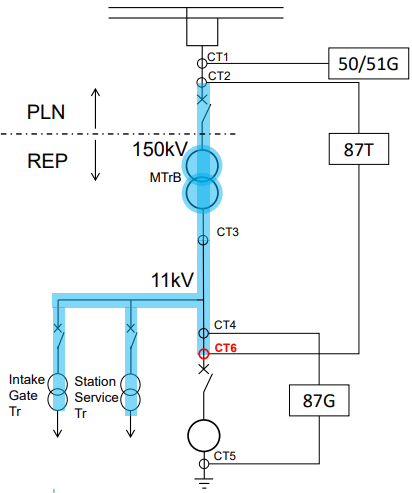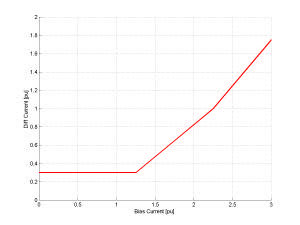akhtarbiqadri1
Electrical
Is 87T able to change the setting value automatically according to generator status so 87T won't activate for tripping while the generator is in stand-still status?
Follow along with the video below to see how to install our site as a web app on your home screen.
Note: This feature may not be available in some browsers.

akhtarbiqadri1 said:Thanks to you all, especially Raghunath, for answering my question. However, I still have further questions.
As you said, I need to set the differential pickup. But, it doesn't change the fact that if the station service takes power from the grid, the 87T will always read it as a fault right? Since CT6 won't read any current but the CT2 will read the current that flows from the grid to the station service tr. (CMIIW)

stevenal said:Suggest setting this value in your relay so that station service load and fault current are in the no trip region below the line